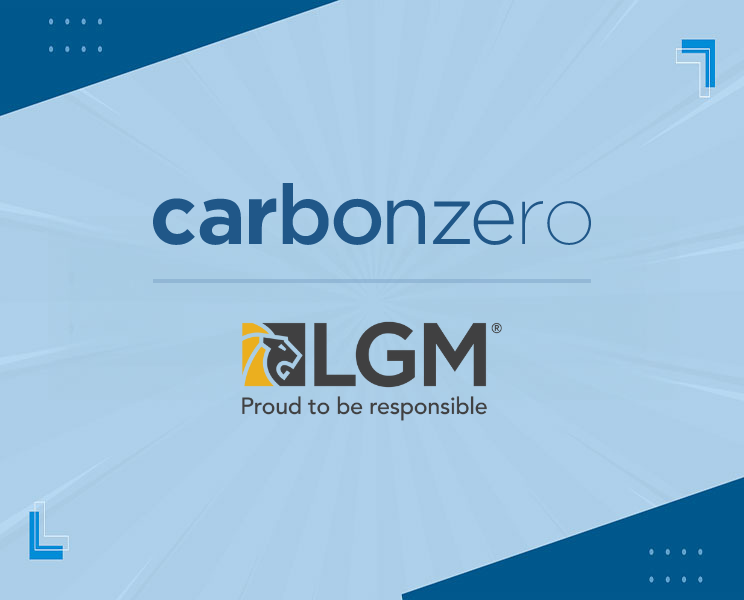As appeared in the October 2016 issue of AutoJournal
Interview with Christine Rybas, Executive Vice President, Marketing, LGM
Don’t treat your online shoppers the same way you’d treat a walk-in. If you do, you’ll lose them long before you ever meet them.
When a dealer meets a car shopper online, it can change the whole dynamic of the relationship-especially when it comes to F&I products.
“The online car shopper wants to be spoken to differently,” says Christine Rybas, Executive Vice President, Marketing at LGM Financial Services. “She’s just signalled that she’s not walking into your store. It’s not an old fashioned sales process, it becomes something fluid and dynamic.”
Once the shopper has picked out her car online, before she comes into the store, the dealer can email her an online menu with links to some product videos or a needs assessment tool.
“If you know she’s got three kids and a dog, she may be interested in appearance protection,” says Rybas. “If she’s amortizing the vehicle over 84 months, introduce warranty protection beyond the basic powertrain. There are so many ways to bridge that conversation with the shopper.”
Tailor content using analytics
Even if a dealer doesn’t have sophisticated technological tools, they can still establish an online virtual retail process.
“If the internet manager is speaking to the consumer either by emails or text, they can start bridging over to the financial services manager,” says Rybas. “Your internet manager should be educated on finance and insurance products. They should be thinking about the turnover to the F&I office. Meet the consumer where she shops.”
More progressive dealers are taking advantage of sophisticated technology with analytics that follow the car shopper as they’re clicking through their site.
“You can tell from your analytics exactly who’s coming to your site, their demographic information and what they’re looking for,” says Trish Rowsell, Director of Client Services and Marketing, Strathcom Media. “You can now tailor your F&I content to those shoppers with hyper targeted information about your F&I products to market them properly.”
Rowsell reports that many of her dealer customers have personalization built into their website, with responsiveness that reacts to a shopper’s behaviour.
“Their clicks and site behaviour might indicate this person is in the market for something very specific, “ she says. “You can show them information for a certain F&I product that’s going to be relevant to what they’re looking for, and also let them know why it’s better than my competitor.”
The consumer may have gotten a sense that a product exists from researching other websites.
“If a dealer can show why you need GAP or why you need paint protection or tire and road hazard, and be very specific about details, the consumer sees you’re on top of it,” Rowsell says. “It builds rapport and allows them to understand that this dealership has their interests at heart. You’re getting them to mentally commit to the fact that your dealer is the expert. You’ve provided all this great relevant information that will encourage that conversation. It builds an edge for you in this market.”


